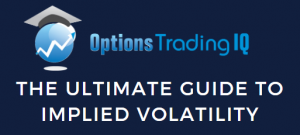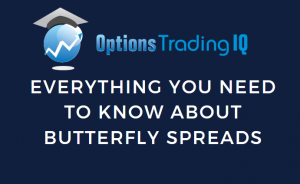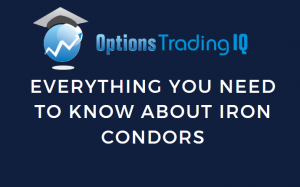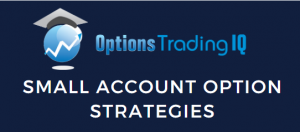
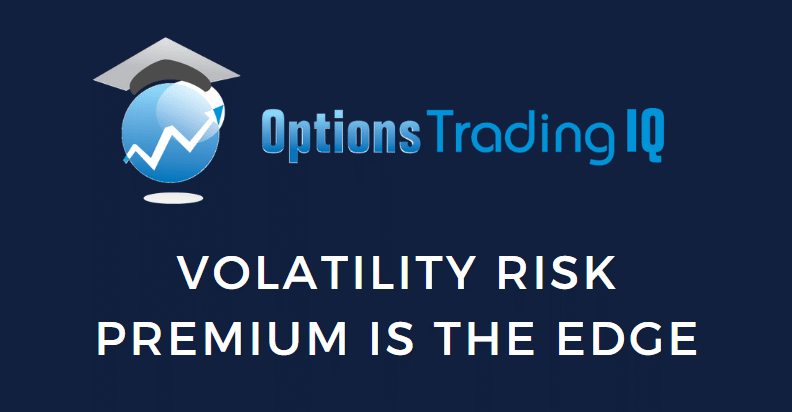
Traders often ask what is the edge in trading options. The answer is three words: volatility risk premium.
While this is not the only edge in trading options, this is one of the advantages we will discuss today.
Contents
Let’s dive into what volatility risk premium (VRP) means.
Option sellers collect a premium to take on the volatility risk that other investors are not willing to take.
These other investors are willing to pay extra to buy insurance protection because of human nature’s risk aversion and tendency to overestimate the probability of loss.
This extra “risk premium” is what the option sellers take in as income.
Since this is based on the characteristics of human emotions that have not changed, this edge in selling options has been around since the invention of insurance policies – and will continue to exist in the future.
How Options Are Like Insurance
Selling options is analogous to selling insurance.
Insurance companies make money by selling insurance policies to holders to protect them against loss.
They collect a premium for selling these policies.
Once in a while, they do have to pay out to the policyholder who has experienced a loss. Over time, the premium collected is often enough to offset this cost.
Any extra from the premium would be the profit the insurance writer (or insurance seller) would keep.
The term “write an option” found in some older materials means to “sell an option” – similar to writing and selling an insurance policy.
The Investor
Suppose an investor owns 100 Coca-Cola (KO) stock shares, currently trading at $70 per share.
The investor is nervous about a potential market selloff but does not want to sell the shares since Coca-Cola is a dividend aristocrat stock that pays a decent dividend.
So the investor buys one contract of a put option with a strike price of $65 on KO that expires 45 days from now.
This put option gives the investor the right to sell one hundred shares of KO at $65 per share anytime till expiration.
To buy one contract for this put option would cost the investor $45.
The price of this option is $0.45 per share.
The minimum purchase is one contract, which represents 100 shares.
In the event that the market sells off and Coca-Cola drops below $65 at expiration, the investor can exercise the option contract and lose at most $545 from the investment – a loss of $500 plus the cost of the option.
The investor is holding a $7000 investment.
So it is worth it for him to pay $45 extra for the peace of mind of not having to lose more than 8% on the investment regardless of what happens in the market.
The Option Seller
Who is going to sell this contract to the investor?
The option seller is. He will sell the option contract and collect the $45 premium upfront.
However, he has to buy 100 shares of Coca-Cola from the investor if it is below $65 at expiration.
Even if KO is at $60, the option seller is obligated to buy it at $65 – a loss of $455 (because $500 – $45).
Is KO going to be above or below $65 at expiration?
Who knows?
Statistically, it will probably be above $65 most of the time, but once in a while, it will be below. And sometimes, it can be quite a lot below.
While the investor is unwilling to take that risk, the option seller is.
Therefore, the premium compensates the option seller for taking on this “volatility risk.”
Is the Options Seller Well Compensated?
Mostly, the prices in the options market are efficiently priced.
Since humans are risk-averse by nature, the investors are willing to pay a little extra to the option sellers to have that peace of mind and reduce their anxiety.
So, the option sellers are fairly compensated plus a little extra.
This is the edge in volatility risk premium.
As long as the investors are human and willing to pay a little extra, this is the little extra that the option sellers can keep.
Over time, those little extras will add up. But it is not without short-term volatility risk.
This can be seen on the weekly chart of the WisdomTree PutWrite ETF (PUTW), which sells put options on the SPY (S&P 500).
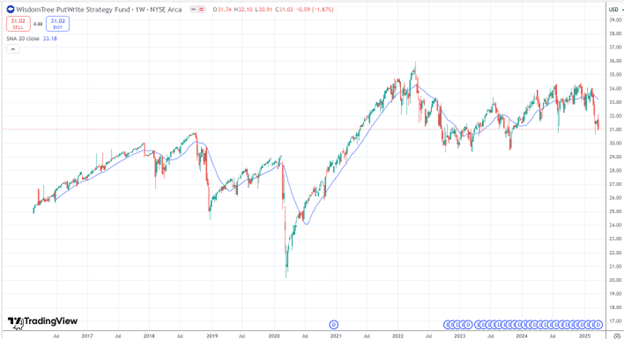
Over time, it makes money.
However, it can experience significant drawdowns known as “tail risk,” such as the COVID-19 correction in 2020.
Looking at the recent year 2024:
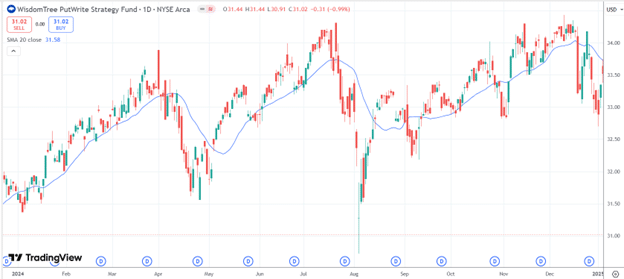
The returns are positive for the year, but its equity curve can be volatile.
The premiums collected till July helped cover the loss incurred from the risk event that occurred in August.
Conclusion
Option sellers need to have a different mindset from the typical investor.
Option sellers need to take on the volatility risks that other investors may not want to take on.
Embedded within the option prices are the volatility risk premiums for which these option sellers are compensated for taking on tail risk.
Behavioral biases of investors’ psychological need to protect against catastrophic events enable these premiums to exist in the marketplace.
The collected premiums over time enable the option sellers to be profitable in the long run, even though they may need to endure the occasional drawdown when the risk event does happen to occur.
We hope you enjoyed this article on volatility risk premium.
If you have any questions, send an email or leave a comment below.
Trade safe!
Disclaimer: The information above is for educational purposes only and should not be treated as investment advice. The strategy presented would not be suitable for investors who are not familiar with exchange traded options. Any readers interested in this strategy should do their own research and seek advice from a licensed financial adviser.







